 seven-speed manual, electro-mechanical steering, extensive use of aluminium – batten down the hatches for the all-new 911
seven-speed manual, electro-mechanical steering, extensive use of aluminium – batten down the hatches for the all-new 911
This is The all-new Porsche 911, in the final stages of testing before the black camouflage is peeled away on 1 September and the 991 generation revealed to the world.
 What can we expect? Look closely at the photograph and you’ll spot that iconic, 48-year-old shape has evolved, with a much longer wheelbase. Don’t be fooled by the Turbo-style air scoop beside the rear wheelarch, it’s just a dummy sticker. But no sticker can hide the fact that this 911 is lighter, the flat-six engines coupled to a seven-speed manual or double-clutch PDK are more powerful, yet the 991 will yield a double-digit fuel economy improvement thanks to the reduced mass, improved aerodynamics and a stop/start system.
What can we expect? Look closely at the photograph and you’ll spot that iconic, 48-year-old shape has evolved, with a much longer wheelbase. Don’t be fooled by the Turbo-style air scoop beside the rear wheelarch, it’s just a dummy sticker. But no sticker can hide the fact that this 911 is lighter, the flat-six engines coupled to a seven-speed manual or double-clutch PDK are more powerful, yet the 991 will yield a double-digit fuel economy improvement thanks to the reduced mass, improved aerodynamics and a stop/start system.
The new 911 goes on sale in most European markets in January 2012, with US sales starting in February and the UK second last to the party on March 10. The upside is that the right-hand drive 911 will be available from launch as both coupe and convertible, with the cabrio sporting unusual hard roof panels covered in a canvas-like material.
The engines for the first 18 months of production are a pair of uprated flat sixes. Out goes the Carrera 2/4’s 3.6-litre for a downsized 3.4-litre direct-injection unit, rated at 355 PS and 380 Nm; the C2S/C4S will be fitted with a 3.8 six good for 405.5 PS and in excess of 407 Nm of torque.
Variocam Plus (adjustable camshafts), switchable manifolds and two-stage free-flow exhausts are standard. More power and less weight: the new 991 promises a kerbweight as much as 50kg lighter depending on spec.
As predicted in CAR in 2009, the manual Carrera S will sprint from standstill to 100 km/h in 4.5sec, with top speed around the 306 km/h mark. This sensational performance is coupled to combined fuel economy just over 10.6 km/l, compared with 9.6 km/l for the outgoing S manual. Impressive stuff indeed.
 The PDK-equipped model – with today’s rubbish thumb-activated shift buttons thankfully replaced by proper paddles – should knock a few-tenths off the the self-shifter’s acceleration time and return even better fuel consumption. No wonder the official line is that the seven-speed manual isn’t confirmed for introduction, although CAR would always advise never to follow the official line too closely…
The PDK-equipped model – with today’s rubbish thumb-activated shift buttons thankfully replaced by proper paddles – should knock a few-tenths off the the self-shifter’s acceleration time and return even better fuel consumption. No wonder the official line is that the seven-speed manual isn’t confirmed for introduction, although CAR would always advise never to follow the official line too closely…
A development car we’ve sampled had a seven-speed shift pattern embossed on the manual gearknob. Top gear is all the way past sixth, a dogleg move away to the right. That seventh, overdrive gear is one of the reasons why Porsche customers can expect a big fuel efficiency improvement.
Porsche has yet to reveal the 991’s Nordschleife laptime, but we expect it to best the 4 997 generation’s time by at least 10secs.
Another huge development is the introduction of electro-mechanical power-steering. You know the score: assistance can be deactivated to consume less energy than the outgoing hydraulically operated set-up. Some electro-mechanical power-steering systems have been criticised for numbing feedback, but Porsche swears this one won’t compromise feel or weighting. We pray that’s true or one of the 911’s major strengths will disappear.
Also new are the MacPherson front suspension and the multi-link rear suspension which have been tuned for more grip and enhanced compliance.
Composed of a stiff and light steel-and-aluminium mix, the body of the new 911 is not only more spacious and crashworthy but also aerodynamically more effi cient. Engineers rave about the more slippery drag fi gure yet boast about extra front and rear downforce. For even less axle lift you can specify the optional sports aero kit on coupes.
The active rear spoiler has been redesigned completely for improved effi ciency and for a less clunky appearance when extended. Other neat details include more variety in the LED headlamp treatments, to make it easier to distinguish between the Carrera S, the Turbo and the base model.
The new 911 is longer than its predecessor, with the growth spurt between the wheels eating into overhangs front and rear. The result is a more cab-forward design, which creates a more obvious distinction between 911 and the Boxster/Cayman. The roofl ine is lower than the outgoing car’s, though it’s no wider.
 The new cockpit mixes old-school 911 with Panamera cues. So the centre stack adopts the ‘Vertu phone-style ramp’ theme, but here it’s narrower, the bigger controls are easier to use and more logically grouped, and the gauges more readable. The handbrake is now electrically operated, making space between the seats for larger cupholders and switches.
The new cockpit mixes old-school 911 with Panamera cues. So the centre stack adopts the ‘Vertu phone-style ramp’ theme, but here it’s narrower, the bigger controls are easier to use and more logically grouped, and the gauges more readable. The handbrake is now electrically operated, making space between the seats for larger cupholders and switches.
It’s a comfi er cabin: there’s more front legroom, more generous steering column adjustment, extra cubbyholes and a bigger sat-nav monitor with additional functions. Splash the cash, and you’ll grab a rear-view camera, a Burmester high-end sound system, brake-to-stop active cruise control, keyless entry and four-way power-operated ventilated sports seats. Since 19in wheels are standard on the Carrera (235/40 ZR19 front, 285/35 ZR19 at the back) and 20-inchers on the S (245/35 ZR20 and 295/30 ZR20), the engineers had more room to install larger-diameter discs and stronger six-piston calipers. Carbon-ceramic stoppers (PCCB) still cost extra, as does PTV (torque vectoring), PASM (adjustable dampers), dynamic engine mounts (in combination with the Sport Chrono pack) and PDCC (dynamic chassis control).









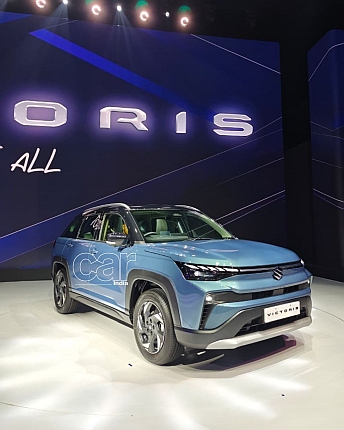
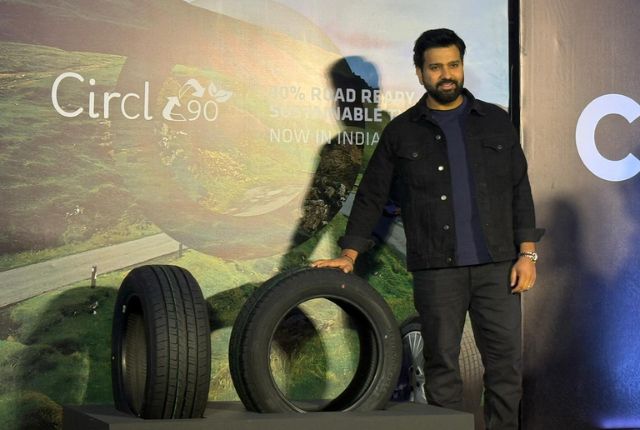
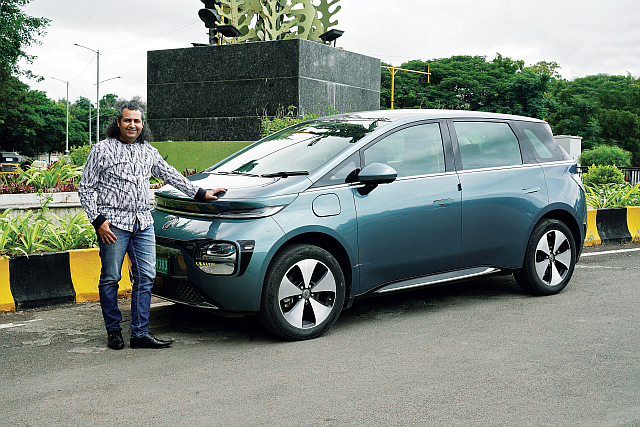
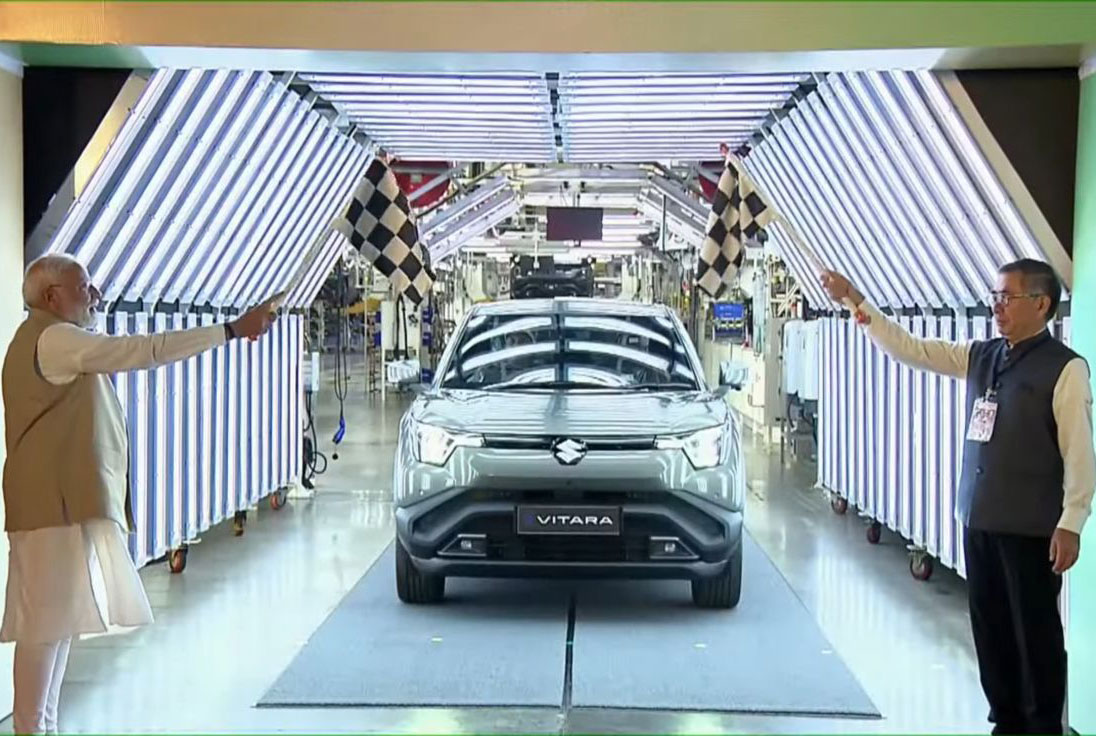
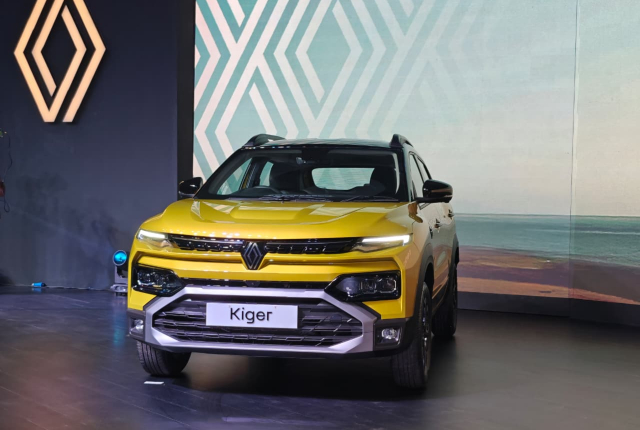

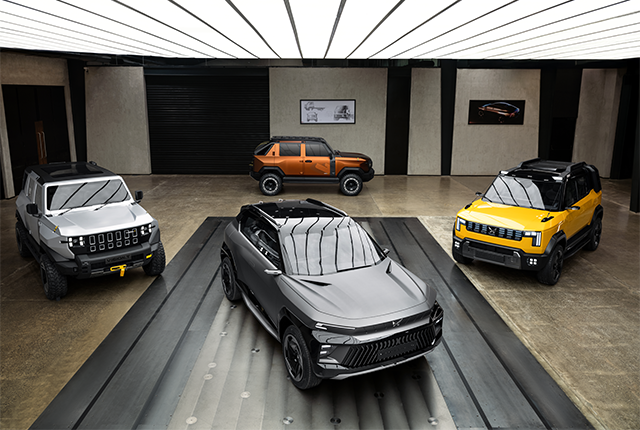
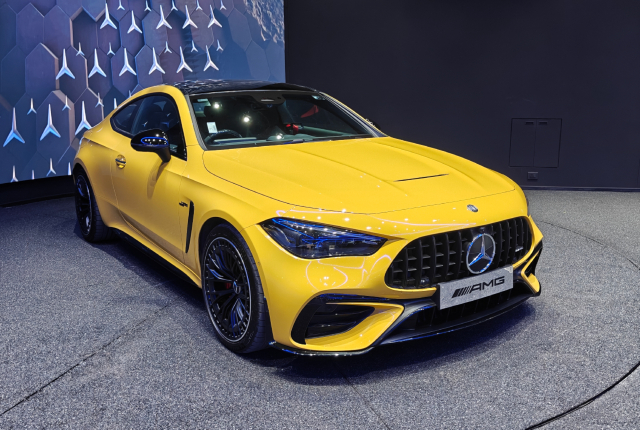
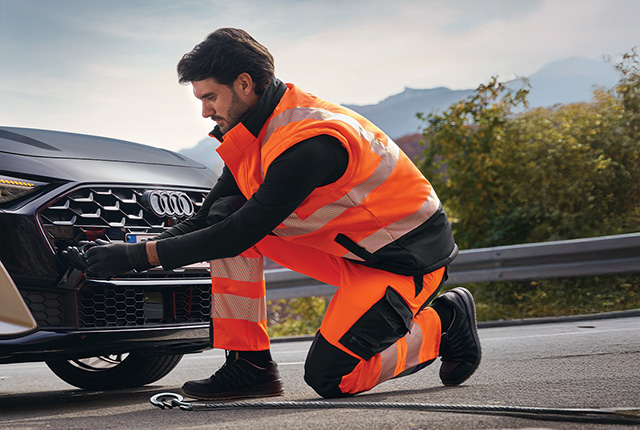



Leave a Reply